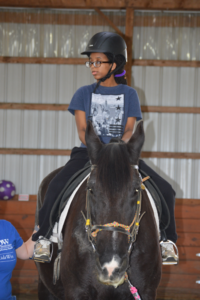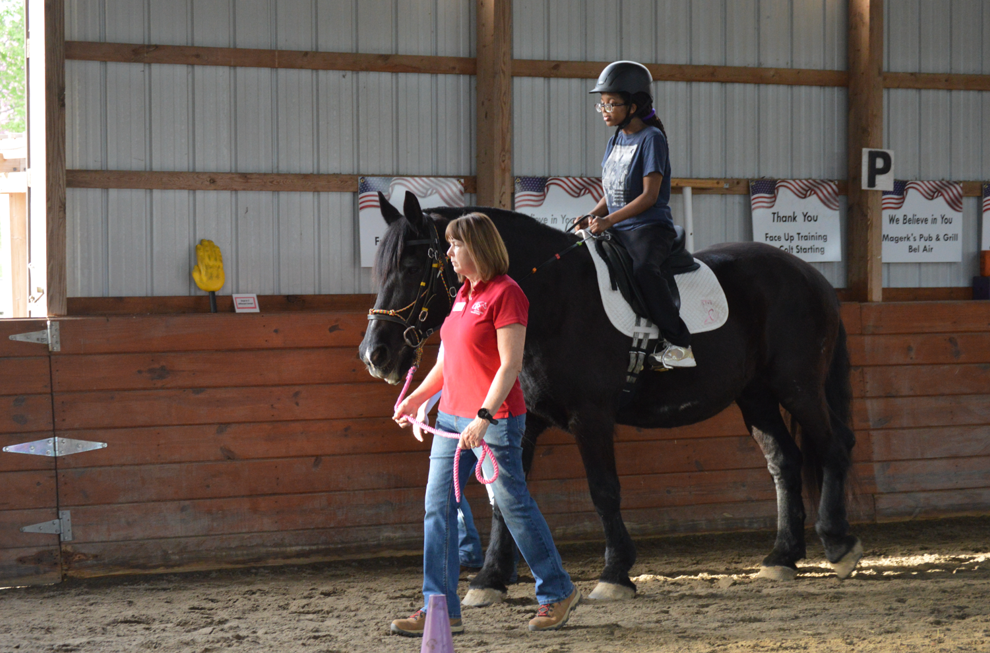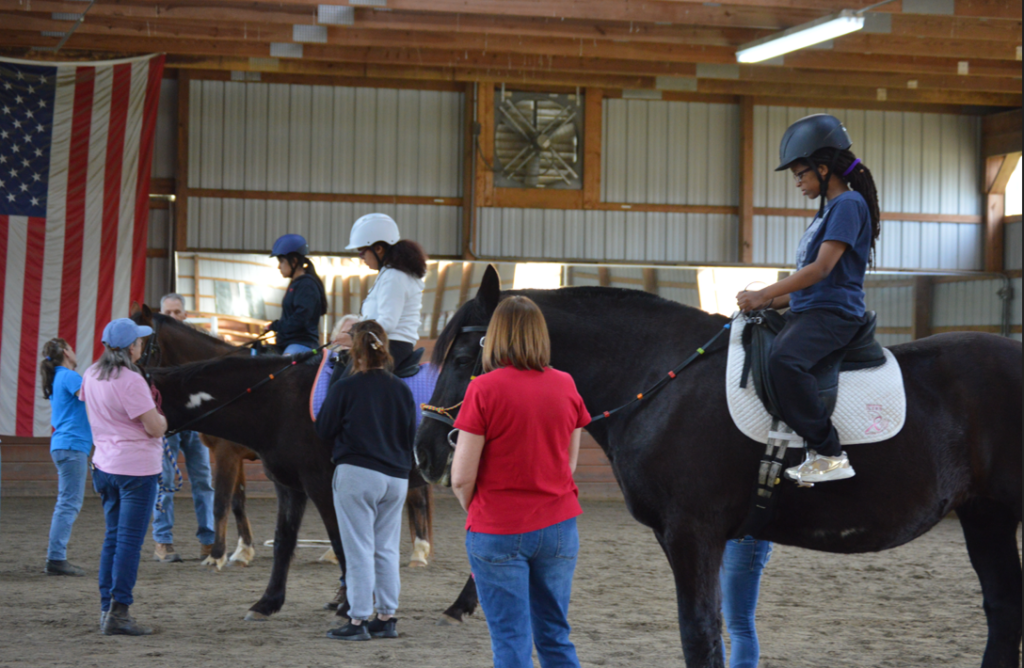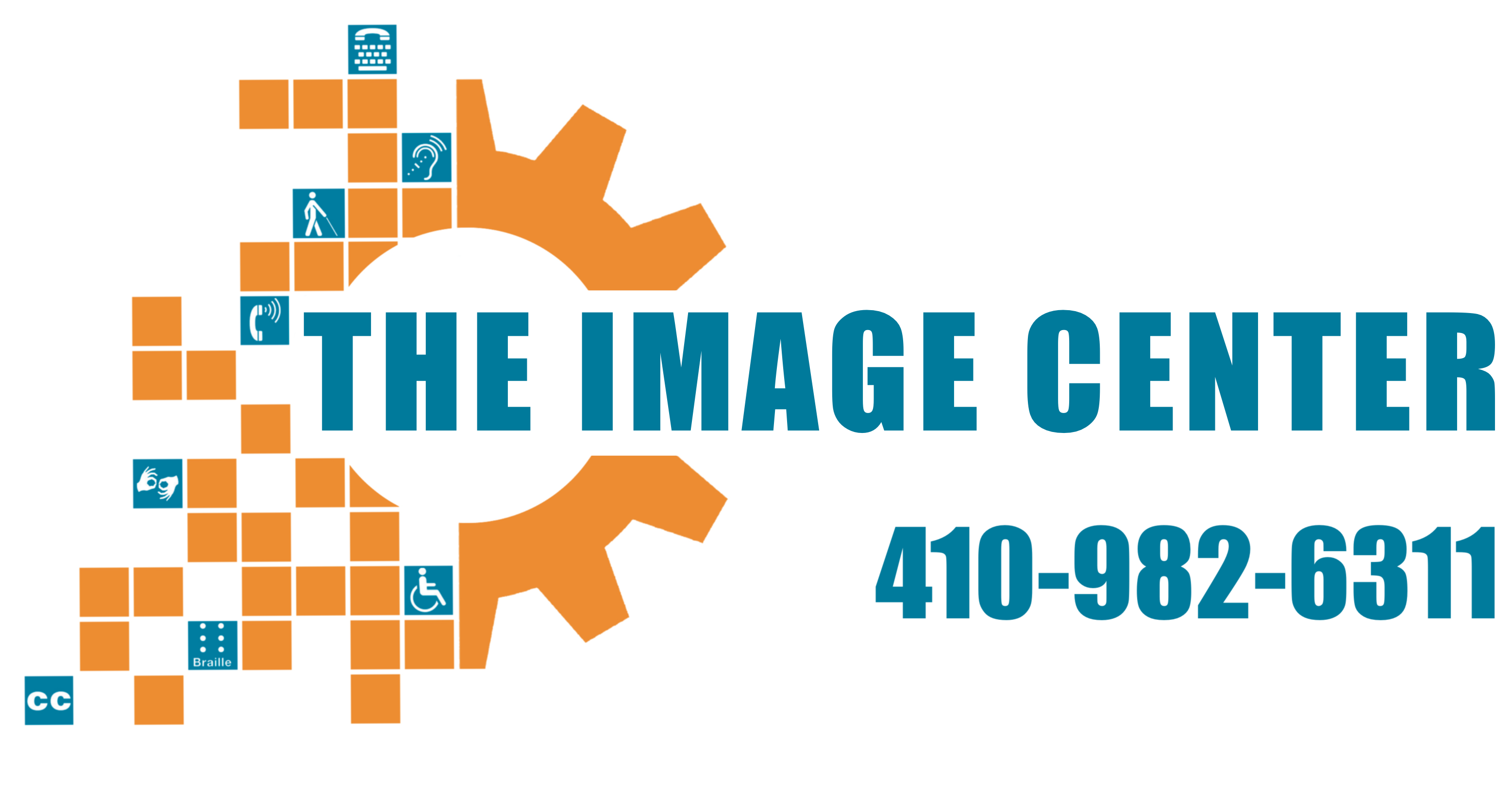Welcome to the first edition of our Community Partner Spotlight series, where we highlight organizations making a meaningful impact in the lives of people with disabilities. In this edition, we’re excited to feature a conversation with Cathy Schmidt, Executive Director and Founder of Chesapeake Therapeutic Riding (CTR), based in Street, Maryland.
Founded in 2003, CTR’s mission is “to deliver healing and learning to individuals and groups whose minds, bodies, and spirits will benefit from the transformative connection between people and horses.”
The IMAGE Center: Cathy, thank you for joining us. For those who may not be familiar, what is the heart of CTR’s work?
Cathy Schmidt: We connect people with horses, especially individuals who might not otherwise have access to that kind of experience. Everyone we serve has a disability or diagnosis. While many of our riders are on the autism spectrum, we work with individuals across a wide range of needs, offering everything from adaptive riding to activities like grooming and team-building. Even if someone isn’t able to ride, there are still so many ways to build connection and confidence through interaction with the horses.

The IMAGE Center: What makes therapeutic riding such a powerful tool?
Cathy: Horses don’t judge. They meet you where you are in the moment. Our clients can show up with all kinds of emotions, and the horse is just present. That’s really powerful for kids and adults who might struggle with communication or emotional regulation. Forming a bond with such a large, intuitive animal can build confidence, awareness, and a sense of calm.
The IMAGE Center: What kinds of goals do you work on with riders?
Cathy: At the intake meeting, we talk with families to understand what the rider wants to achieve, whether social, physical, emotional, or educational goals. If they’re working on skills in school, we can integrate math, spelling, science, even geography into our lessons. Physically, riding strengthens the core and improves balance. For kids with experience speech delays, stronger core muscles can support better diaphragm control, which helps with verbal expression. Parents have shared that regular riding helps their children build communication skills and manage their emotions more effectively.

The IMAGE Center: What kind of training do your instructors go through?
Cathy: All of our instructors are certified through PATH International (pathintl.org), which sets global standards for therapeutic horsemanship. The certification process is rigorous. It involves coursework, mentorship, safety testing, and teaching evaluations. We always need more instructors, but it’s a serious commitment, so it’s tough to find people with both the heart and the stamina for it. Still, it’s absolutely worth it.
The IMAGE Center: What can families expect when they visit CTR?
Cathy: When families come for their intake visit, they tour the farm, meet the instructors and horses, and get a feel for the atmosphere. The vibe here is calm and kind. You can feel it the moment you walk into the arena. Parents sit in a viewing area during lessons and often build friendships with one another. It becomes a community.
We also document every rider’s goals and progress, which can be helpful for IEP meetings, court reports, or just tracking growth. This isn’t a short session. We offer 24 lessons a year, and many of our riders stay with us for years. We’ve had kids grow up, go off to college, and come back to intern with us.

The IMAGE Center: What’s the best way for someone to get started?
Cathy: Go to our website and fill out the interest form. There’s no obligation. We’ll reach out to schedule an intake meeting and go from there. And follow us on Facebook to see what we’re up to. We host fun events like our Fall Festival and Trick-or-Treat in the Barn where even the horses dress up.
We’re also a Maryland Horse Discovery Center, which means we provide public education too, like environmental learning stations, rain barrels, and a pollinator meadow. It’s about the whole experience, not just riding but connecting with the land and community too.
To learn more about Chesapeake Therapeutic Riding and their programs, visit ctrchanginglives.org or call 443-528-7793.

